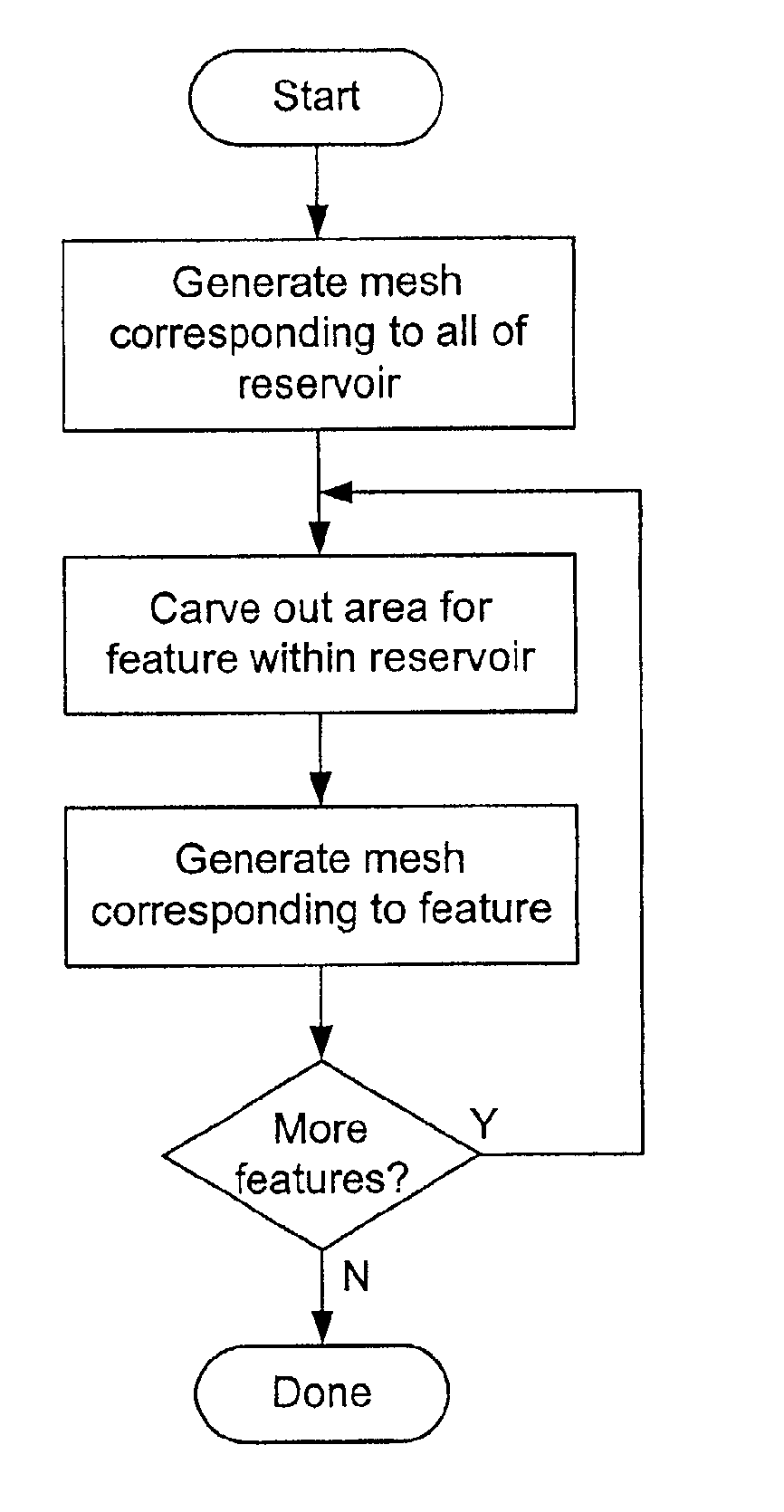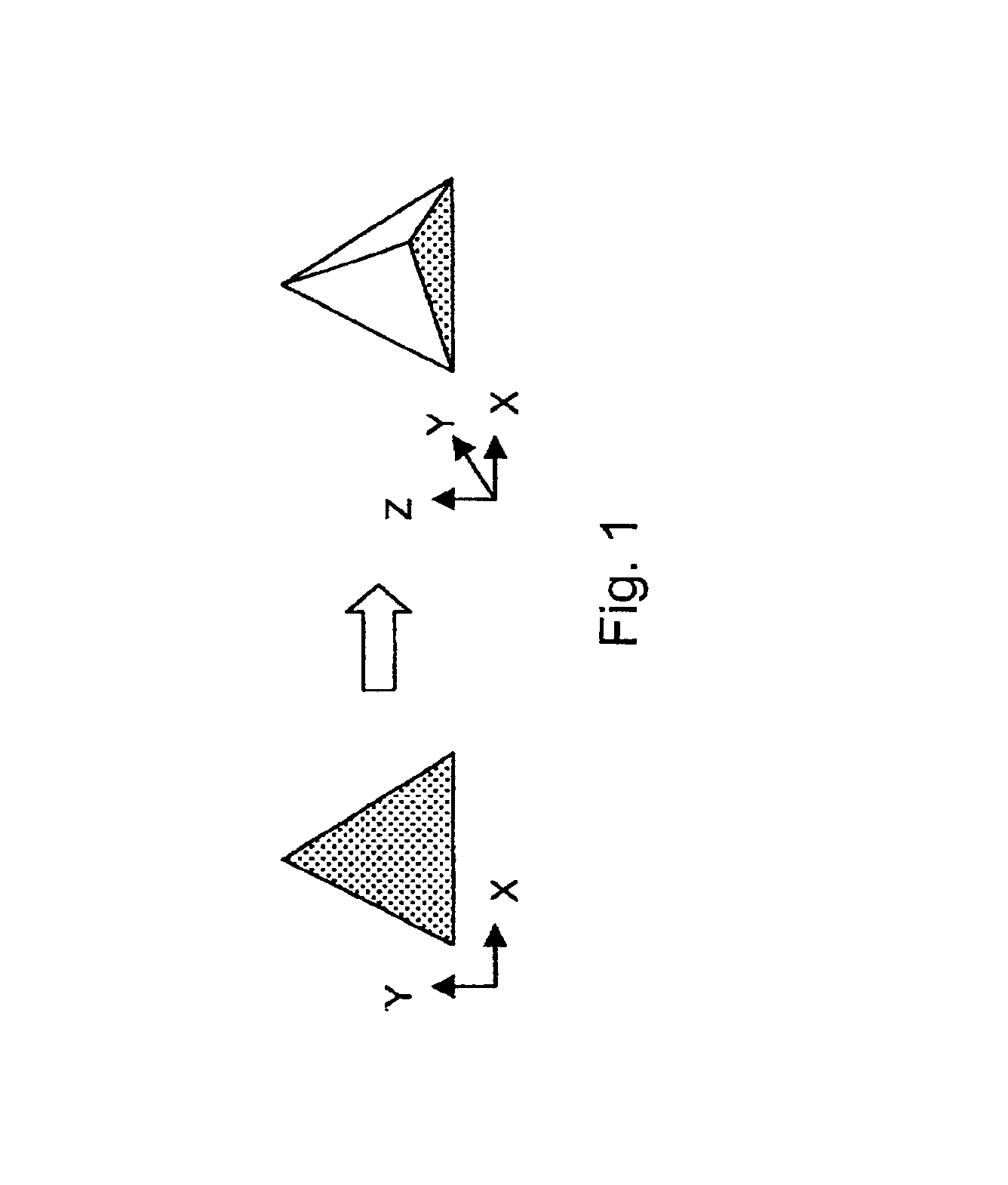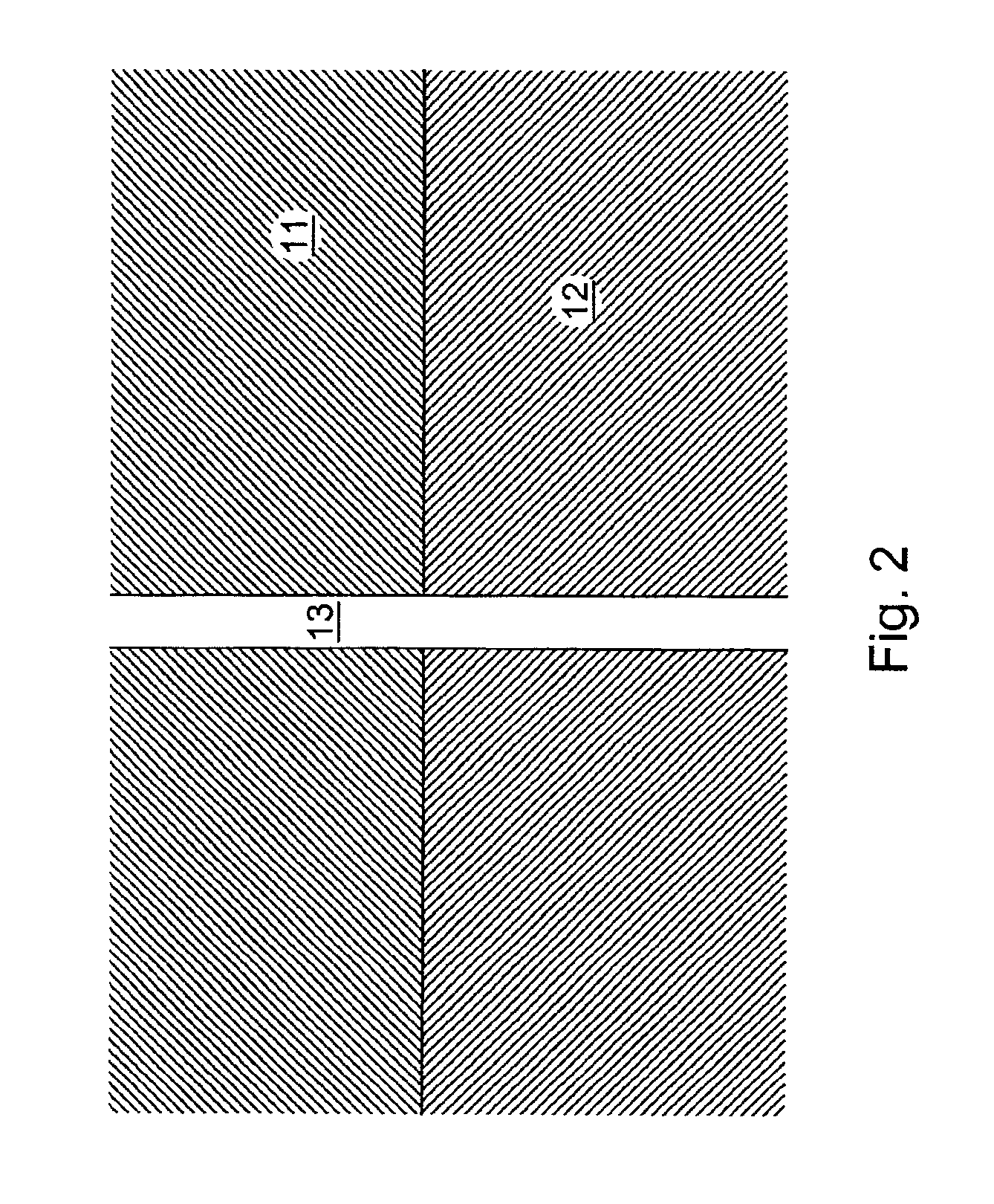Feature modeling in a finite element model
a finite element model and feature technology, applied in the field of methods for modeling physical systems using finite element analysis, can solve the problems of difficult to force the function to approximate changes, difficult to accurately simulate the behavior of the model, and more complicated means of modeling physical systems
- Summary
- Abstract
- Description
- Claims
- Application Information
AI Technical Summary
Benefits of technology
Problems solved by technology
Method used
Image
Examples
Embodiment Construction
[0022]A preferred embodiment of the invention is described below. It should be noted that this and any other embodiments described below are exemplary and are intended to be illustrative of the invention rather than limiting.
[0023]Generally speaking, the present invention comprises a method for simulating systems using a finite element modeling, as well as computer applications which embody the method and computers which are configured to perform the method. The method involves the definition of multiple, distinct finite element models which represent corresponding regions within the modeled system. Each of these finite only models comprises a set of nodes at which values are defined for various properties. For nodes which lie on boundaries between models, there are a plurality of values corresponding to a given property, wherein each of the values corresponds to a different one of the models. Each of the models is solved separately, using the values for each property which correspo...
PUM
 Login to View More
Login to View More Abstract
Description
Claims
Application Information
 Login to View More
Login to View More - R&D
- Intellectual Property
- Life Sciences
- Materials
- Tech Scout
- Unparalleled Data Quality
- Higher Quality Content
- 60% Fewer Hallucinations
Browse by: Latest US Patents, China's latest patents, Technical Efficacy Thesaurus, Application Domain, Technology Topic, Popular Technical Reports.
© 2025 PatSnap. All rights reserved.Legal|Privacy policy|Modern Slavery Act Transparency Statement|Sitemap|About US| Contact US: help@patsnap.com



